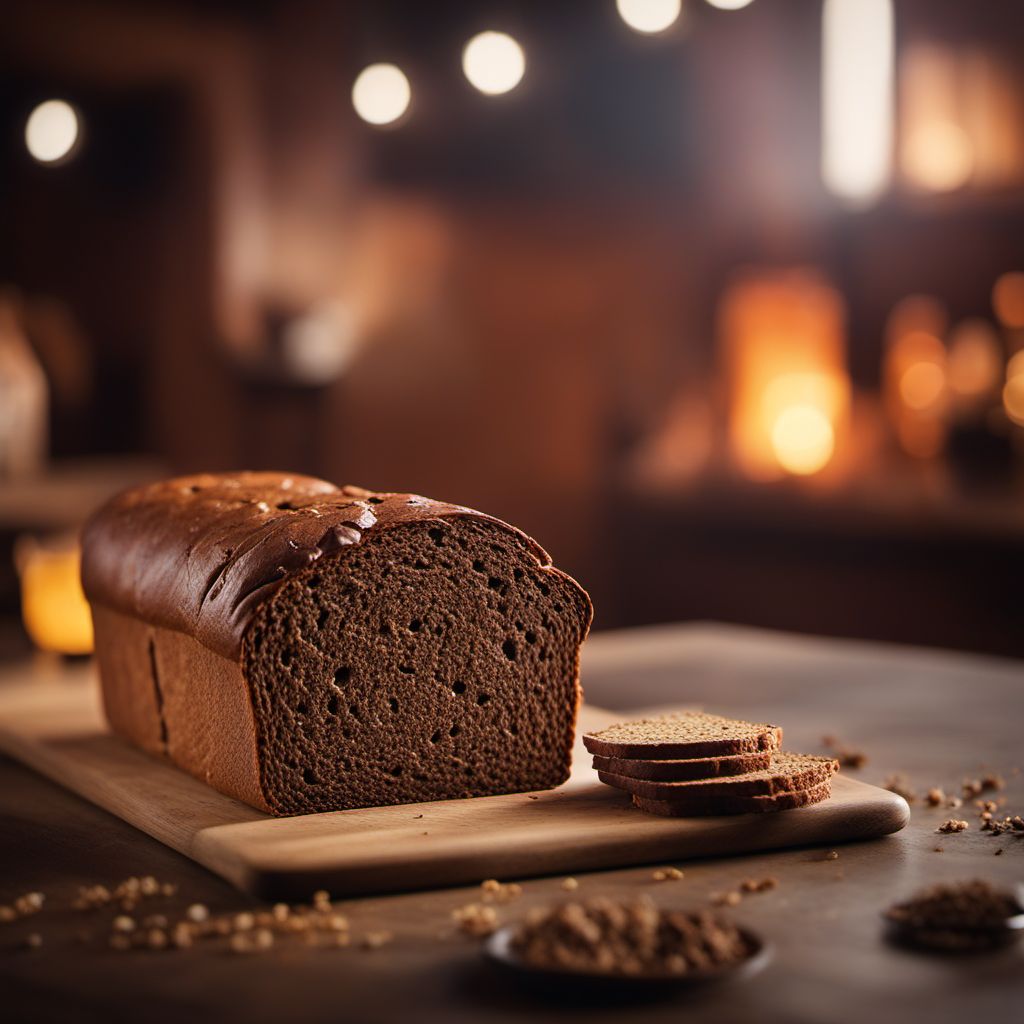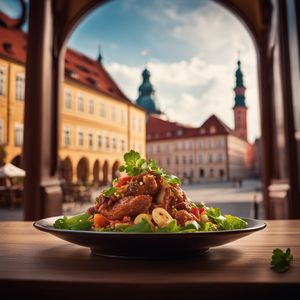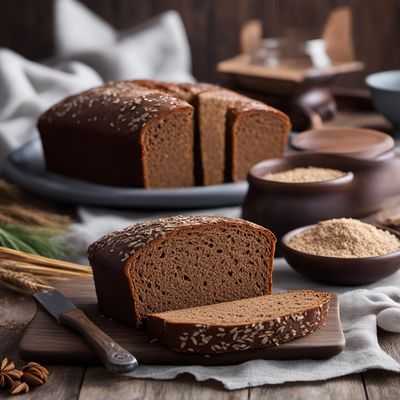
Dish
Pumpernickel
Pumpernickel is a bread that is typically made with rye flour, which gives it its distinctive flavor and texture. The bread is often baked at a low temperature for a long period of time, which helps to develop its rich flavor. Pumpernickel is a popular bread in Germany, and is often served with cheese or cured meats.
Origins and history
Pumpernickel has been a part of German cuisine for centuries, and is believed to have originated in Westphalia. The bread was traditionally made by farmers, who would bake it in communal ovens after the rye harvest. Pumpernickel was often used as a staple food during times of famine, as it could be stored for long periods of time without spoiling.
Dietary considerations
Pumpernickel is not suitable for those with gluten intolerance. It is suitable for vegetarians and vegans.
Variations
There are many variations of Pumpernickel, with different regions of Germany having their own unique recipes. Some variations may include different types of flour, such as wheat or spelt, while others may include different spices or sweeteners. Some recipes may also include nuts or dried fruits.
Presentation and garnishing
To ensure that the bread is moist and flavorful, it is important to use high-quality ingredients, such as fresh rye flour and yeast. It is also important to allow the bread to cool completely before slicing, as this will help to prevent it from crumbling. Pumpernickel can be garnished with caraway seeds or coarse salt.
Tips & Tricks
To keep Pumpernickel fresh, store it in a cool, dry place in an airtight container. If the bread becomes stale, it can be revived by sprinkling it with water and heating it in the oven for a few minutes.
Side-dishes
Pumpernickel is often served with cheese or cured meats, such as ham or salami. It may also be used in sandwiches or served as a side dish with soups or stews. Pumpernickel can also be served with butter or cream cheese.
Drink pairings
Pumpernickel goes well with beer, especially German beers such as Pilsner or Hefeweizen. It also pairs well with red wine, such as Pinot Noir or Cabernet Sauvignon.
Delicious Pumpernickel recipes
More dishes from this category... Browse all »

Amish Friendship Bread
American cuisine

Anello di Monaco
Italian cuisine

Aranygaluska
Hungarian cuisine

Babka
Polish cuisine

Banana Bread
American cuisine

Bara Brith
Welsh cuisine

Barmbrack
Irish cuisine

Bath Bun
English cuisine
More cuisines from this region... Browse all »

Baden cuisine
Savory, Hearty, Tangy, Smoky, Sweet

Bavarian cuisine
Savory, Hearty, Tangy, Sour, Sweet

Brandenburg cuisine
Savory, Earthy, Hearty

Franconian cuisine
Hearty, Savory, Flavorful

Hamburg cuisine
Light, Flavorful, Fresh

Hessian cuisine
Hearty, Savory, Flavorful

Lower Saxon cuisine
Savory, Hearty, Salty, Sour, Sweet

Mecklenburg cuisine
Fresh, Simple, Rustic, Savory

